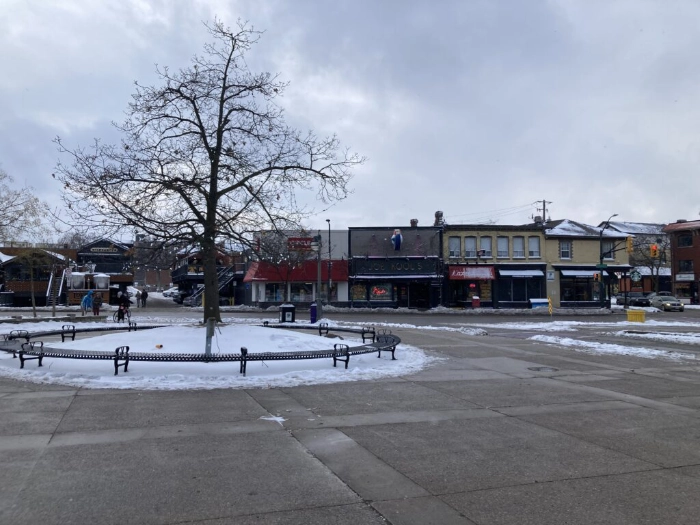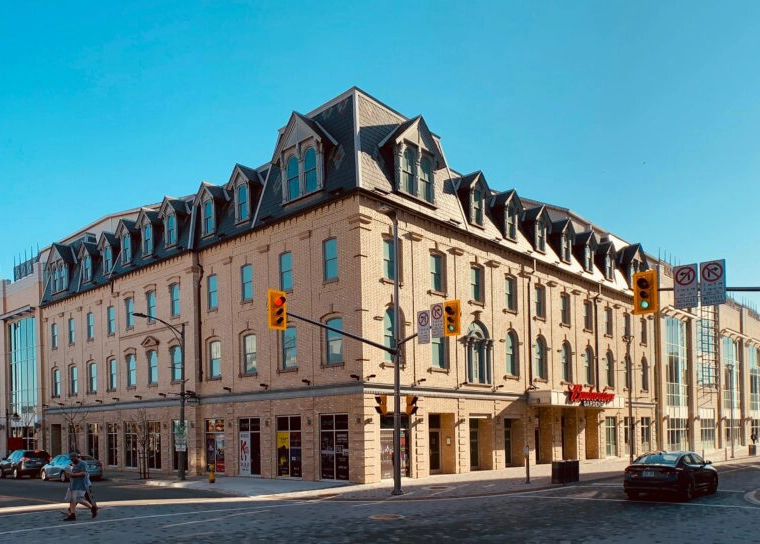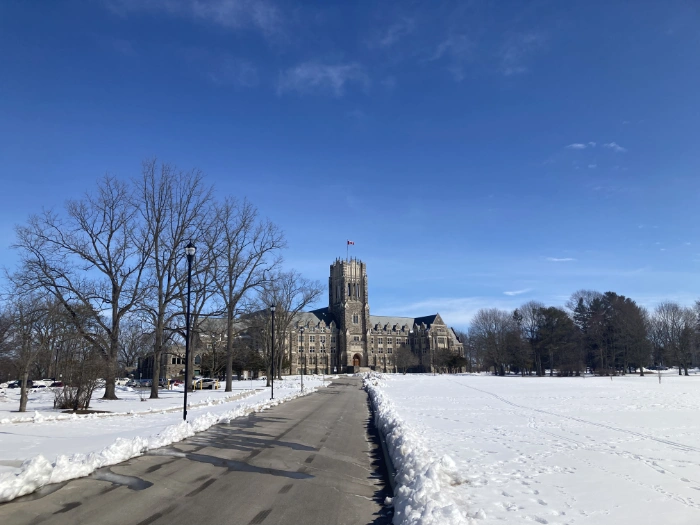London Market Report
2023 Year-End Update
London prices flat year-over-year with more inventory than one year ago; surrounding regions outperforming city but featuring more supply going into 2024
In 2022, the Greater London Area, like other real estate markets across the country, saw a significant decline in sales activity. Overall resale units sold were down 20% when compared to its trailing 5-year average. The trend worsened during the first quarter of the new year, with overall sales activity down 38% when compared to the record quarter one year prior. During the second quarter of 2023, sales activity began to recover, with units sold up 54% from the first quarter and back in line with levels recorded during the same period in 2022. Despite a strong spring market, interest rate hikes in June and July resulted in a drastic increase in inventory and corresponding decrease in prices during the back half of the year. The Canadian Real Estate Association (CREA), through its various real estate boards and provincial associations, compiles transaction data for each of its major markets, with the CREA Stats Centre reporting sales data going as far back as 1980. While historical stats should never be the sole indicator of what’s to come, they are helpful to review and consider as part of the broader context. In this article, we'll outline year-end transaction highlights for each of the regions comprising the London Area as well as overall performance by property type.
Greater London Area: Regional Overview
London, the seat of Middlesex County, is the largest city in southwestern Ontario and the 11th largest metropolitan area in Canada. With close proximity to the GTA, Michigan and New York state borders, and multiple Great Lakes, the region is well-poised for future growth. It is the economic hub of southwestern Ontario, with major companies, hospitals, and higher education based in the city. For anyone familiar with London, the signs of new housing development are everywhere, with significant urban sprawl occurring throughout north and west London.
30 minutes south of London is St. Thomas, the seat of Elgin County. Ten minutes beyond St. Thomas, Port Stanley and other beach towns along Lake Erie offer recreational getaways for London locals. A similar drive west of the city are the towns of Komoka-Kilworth and Strathroy-Caradoc, with a short drive further to reach the shores of Lake Huron. East of London, in Oxford County, are the growing towns of Woodstock, Ingersoll, Tillsonburg, and Norwich. With both the 401 and 402 highways running along the southern border of London, surrounding Middlesex County and these neighbouring communities are easily accessible. For this reason, they can be considered part of the Greater London Area.
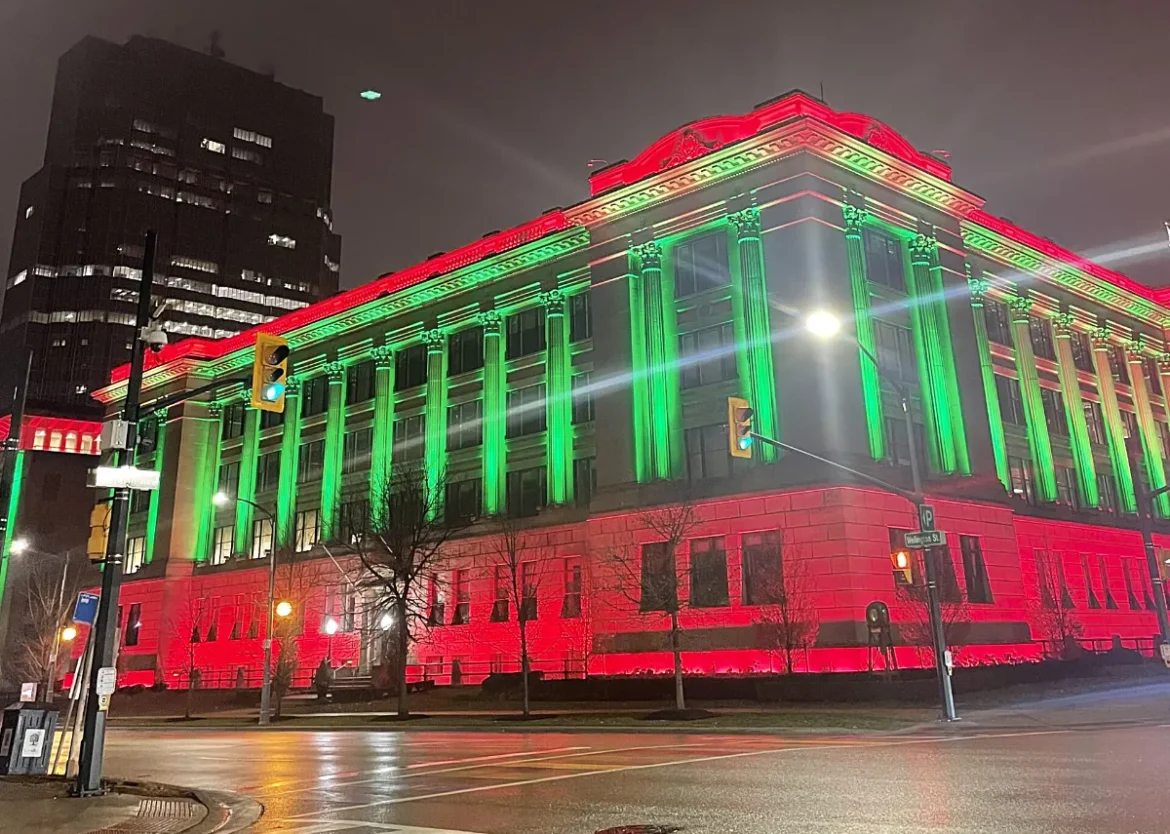
Greater London Area: Total Market Overview
Across all communities included in the GLA, the median sale price observed in the final quarter of 2023 was $582K, down 5% from the prior quarter and unchanged year-over-year. A quick note on median versus average values. Median sale price, which reports the sale price of the middle-priced property in a group, is a more reliable metric than average sale price because it removes outlier transactions (i.e. properties that have sold for either a lot of money or have sold for next to nothing). Outlier transactions skew the average from what it really should be, which is the price of the average, or mid-priced home, in a particular community.
Despite minimal price growth in 2023, London prices have experienced significant growth over the past 5 years, outperforming neighbouring markets like Kitchener-Waterloo, Hamilton, and the GTA. This can be widely attributed to the relative affordability of London homes when compared to similar ones in these nearby markets. For the preceding 20 years, London prices have more or less lagged behind the growth experienced in these markets, and it appears that recently the Forest City has been playing a bit of catch-up. Compared to the average price recorded in Q4-2018, London homes ended the year up 65%, which represents an annual growth rate of 10.5%. To compare London’s performance against other major markets in the province, check out our article on Top Markets in Ontario here.
Part of what drove London’s phenomenal price growth during the pandemic was its low inventory, or housing supply available for buyers. To end the 2021 year, the Greater London Area had only 0.4 months of inventory, which meant that listed homes were selling in under two weeks on average. Without new homes hitting the market, London inventory would have disappeared in less than a month. When inventory levels are this low, prices have to rise on account of too many buyers bidding on too few properties. This leads to bidding wars and runaway prices, explaining part of why London prices are close to double what they were 5 years ago. Over the trailing 5 years, the GLA has been a tight sellers’ market, with an average of only one and a half months of resale inventory.
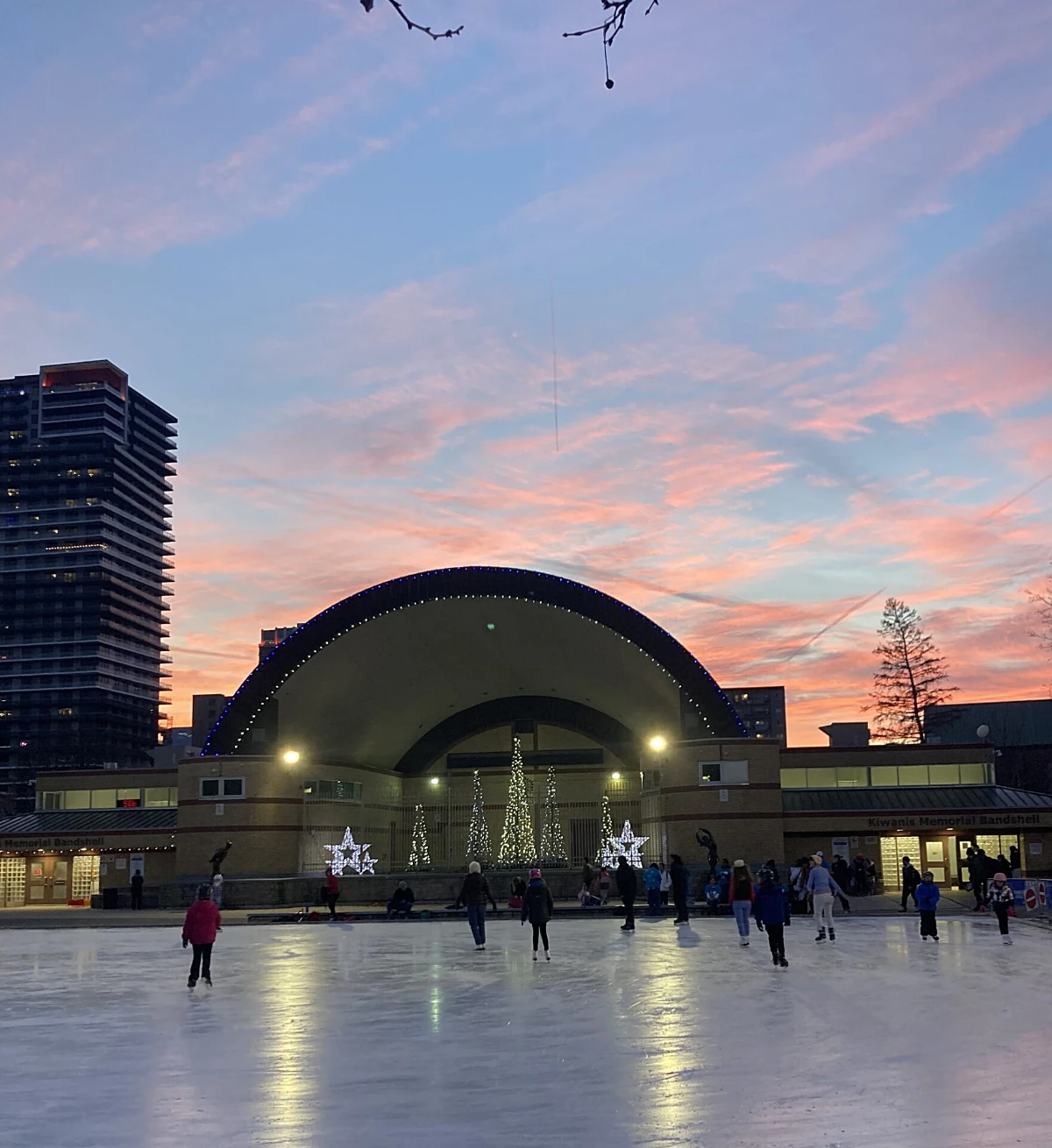
Throughout 2022 and extending into 2023, multiple interest rate hikes have resulted in a temporary cooling of the market, with London ending the year with 4.4 months of available inventory, more than double the historical supply recorded since 2018. Homes are also taking longer to sell, with a median days on market (DOM) of 26 days, unchanged from a year ago but two weeks longer than the trailing 5-year average. Relatively speaking, current conditions are more favourable for buyers than what Londoners have been used to.
Most properties in the Greater London Area, about 3 out of 4, are detached homes. Detached homes in London, as expected, are more expensive than apartments and semi-detached properties, with median sale prices to end the year of $623K and $456K respectively. Over the past 5 years, detached homes in London have seen prices grow at a slightly slower pace than the apartment segment, which has nearly doubled in value since the fourth quarter of 2018. To end the year, both property types are taking around a month to sell with similar inventory levels.



Community Overview
London North, London South, and London East
London East is bounded by the Thames River to the north, south, and to the west, where the river runs through Western University and alongside Richmond Street, the main thoroughfare to downtown London. London South, similarly, is the portion of the city that is south of the Thames River and its downtown fork. Finally, there is London North, which is bounded to the south and east by the fork of the Thames. These three sub-regions each have multiple neighbourhoods within them, and in total account for close to 60% of resale activity in Greater London.
Following June and July rate hikes, inventory levels have steadily grown across all three regions of London metro, with available supply currently higher than levels recorded at the end of 2022. Homes in London proper are still selling faster than the surrounding area, although selling times are one week longer than the third quarter, now around 23 median days on market.
While all three regions have similar trends for inventory levels and median days on market, they have drastically different average house prices. London North leads the way, with a median sale price to end the year of $665K, flat year-over-year but up 7% against its trailing 5-year average. This area is characterized by high-growth, newer developments such as those in Masonville and Sunningdale as well as the big-box retail and new homes surrounding Fanshawe & Hyde Park.
London East, historically and to this day, is the most affordable of the three regions, ending 2023 with a median sale price of $485K. This area has the most diverse housing mix in the city, which includes historic luxury properties along the Thames River in Old North, an array of apartments and multi-units in the downtown core, and smaller, more affordable detached homes east of Adelaide Street. Given this wide-variety, it’s important to speak with a realtor knowledgeable in your preferred location and property type in order to get a better sense of what – and where – you may be able to afford. Of the three regions, London East reported the largest year-over-year price increase at 4.3%. Finally, London South ended the year with a median sale price of $575K, up 1% year-over-year but down 6.5% from the third quarter. Prominent neighbourhoods in South London include Wortley Village, Byron and Springbank Park, and White Oaks.
Community Overview
St. Thomas and Elgin County
To end the year, St. Thomas and Elgin County reported a median sale price of $558K, falling 7.6% from Q3-2023 but up 3.9% year-over-year, outperforming London South and North boroughs. After inventory steadily grew in 2022 to end the year with over 5 months of inventory, resale supply tightened during the first half of 2023. However, inventory is back up above 5 months, large in part to the two most-recent rate hikes which continue to lower purchasing power for buyers, pricing some out of the market altogether and lowering overall demand.
Homes in St. Thomas and Elgin County are taking a long time to sell, with a median listing period of 30 days, up six days from the third quarter and three days from selling times observed one year ago.

Community Overview
Woodstock-Ingersoll
Woodstock-Ingersoll finished the year with a median sale price of $604K, down 4.3% from the prior quarter but up 5.4% on a year-over-year basis. When compared to its trailing 5-year average, the median price is up 10.6%, performing slightly better than the entire GLA.
At the start of 2022, inventory levels in Woodstock were critically low, with only around 0.5 months of inventory. This supply-demand imbalance is why prices in Woodstock-Ingersoll were up 30% in 2021. In 2023, as seen across most regions in Ontario, Woodstock-Ingersoll saw inventory levels grow in the third and fourth quarters, ending the year with close to 5 months of available supply. Current inventory is up 2 months year-over-year and 3 months more than the trailing 5-year average, with homes selling in 27 days on average.
Community Overview
Tillsonburg & Area
Tillsonburg & Area ended the year with a median sale price of $622K, more or less flat from the prior quarter and down 2.5% year-over-year. In 2022, inventory increased more than ten-fold, ending the year at 8 months, the highest level for all regions within Greater London. As expected in conjunction with this increased supply, homes were also taking much longer to sell, leading all GLA regions at 38 days. During the final quarter of 2023, just over 6 months of inventory was recorded, with homes still taking over 30 days to sell on average.
A final note regarding Tillsonburg & Area is that prices are drastically more expensive in the surrounding rural communities when compared to the town of Tillsonburg, which can result in large swings in average prices based on what type of properties sell during a specific time period. As always, speak with a realtor experienced in your preferred location to get more refined estimates on how a specific neighbourhood may be shifting.

Community Overview
Surrounding Middlesex County
Surrounding Middlesex County, while only 5% of current resale activity, remains the most expensive market in Greater London, ending the year with a median sale price of $710K. New housing development is rapidly progressing in many townships within this region, with most projects focused on single-family detached subdivisions with premium price points. Median prices are down 12% from the previous quarter and down 4% year-over-year, driven from the highest inventory levels across London. At year-end 2022, inventory stood at 6 months before falling to 3 months by the second quarter of 2023. Since then, supply has drastically increased to finish the year at over 14 months of inventory. Until more buyers re-enter the market, this large selection of listings will limit competition and place downward pressure on selling prices.
Community Overview
Strathroy-Caradoc
To end the year, Strathroy recorded a median sale price of $630K, down 2% from the prior quarter but up 7% year-over-year. When compared to the trailing 5-years, Strathroy leads all London regions for price growth, up 18.2%. Strathroy has experienced more stable inventory levels than other GLA regions, ending 2022 with 5 months of inventory, falling to 2.7 months through the second quarter of 2023, and now back up to over 6 months. Similar to other secondary markets in Greater London such as Middlesex County, St. Thomas, and Tillsonburg, Strathroy homes are taking longer to sell when compared to London proper, leading all GLA regions with a median days on market of 40 days.
Archived Reports
London & Area Market Updates
Third Quarter 2023 Market Report
Second Quarter 2023 Market Report
Summary
The Greater London Market report will be updated on a quarterly basis. Every market is different, but understanding available inventory levels alongside recent price and market trends can help prospective buyers and sellers make more informed decisions. A summary of all London markets as of year-end 2023 is presented above and you can subscribe to quarterly updates of the London Market Report report by completing the contact form below.
Thank you for taking the time to read this article. As you contemplate the next steps in your real estate journey, there are a variety of helpful online resources you can leverage, such as realtor.ca, the Canadian Mortgage and Housing Corporation, and historical sales data and market insights from leading real estate websites like Zolo, Royal LePage, HouseSigma, and Wahi.

